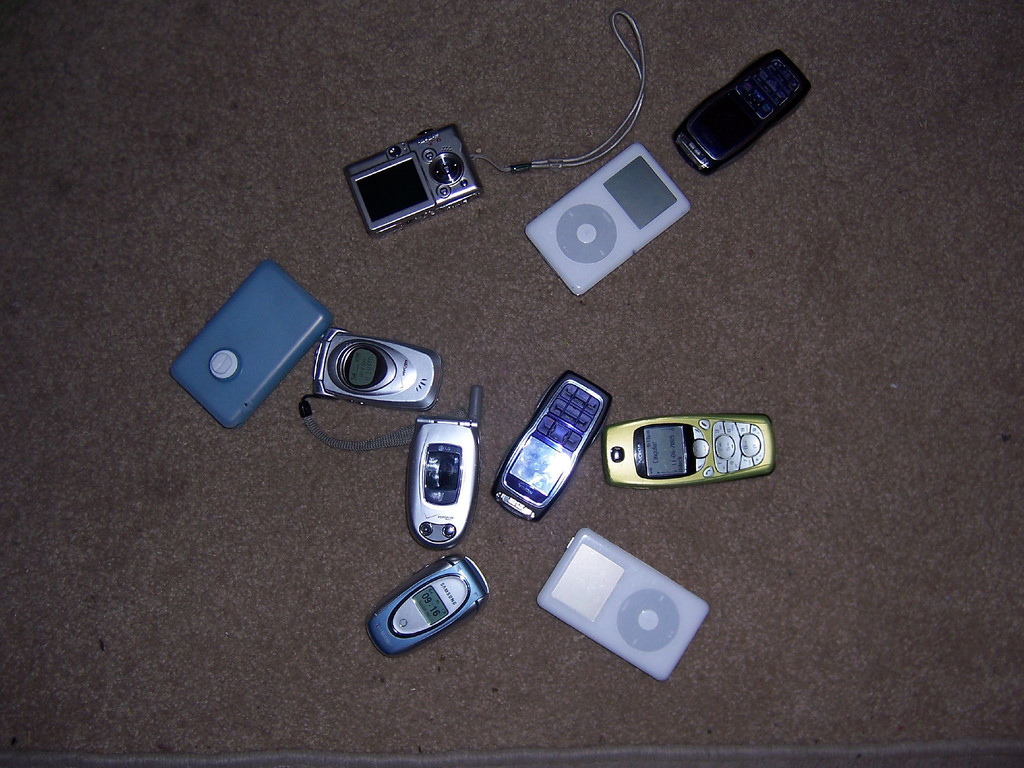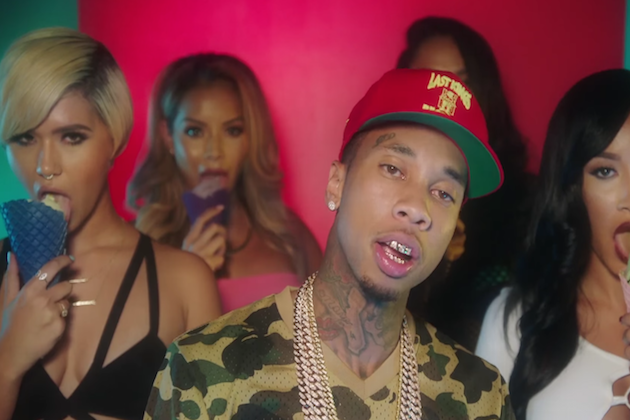Last week brought big news in the conservation world: For the first time, a bee species — seven of them, actually — were declared endangered.
The seven types of yellow-faced bees native to Hawaii received the designation from the U.S. Fish and Wildlife Service. The move offers the creatures some newfound protection, even if the agency failed to designate a critical habitat.
Of course, the plight of bees across the U.S., North America and the world has increasingly been on the radar of the environmentally minded in recent years.
U.S. beekeepers lost about 40 percent of their honeybee colonies last year, according to a survey commissioned in 2015. Some studies have linked bee die-offs to the overuse of pesticides. The agriculture industry contests that finding, though the U.S. Environmental Protection Agency has agreed that one of the world’s most widely used insecticides, imidacloprid, presents a threat to some pollinators.
So what makes last week’s news different from what we already knew? And what can be done to address the issue?
The Huffington Post recently spoke with Tiffany Flick-Haynes, a food futures campaigner at the nonprofit Friends of the Earth environmental advocacy group and an expert in bee populations.











great post, very informative. I wonder why the other experts of this sector do not realize this. You should continue your writing. I am sure, you have a huge readers’ base already! https://rheumatoidarthritismed.com best rheumatoid arthritis with least side effects
922943 22248Wohh exactly what I was searching for, regards for putting up. 428165
100981 409592Hey there! Great post! Please when I will see a follow up! 239967
12195 123220Satisfying posting. It would appear that plenty of the stages are depending upon the originality aspect. Its a funny thing about life in case you refuse to accept anything but the best, you extremely often get it. by W. Somerset Maugham.. 635039
167160 866343Glad to be 1 of numerous visitants on this awesome website : D. 521292
En iyi Casibom Siteleri .. https://bit.ly/CasiBom
I liked your website very much, it was nice and the article you published helped me a lot, thank you